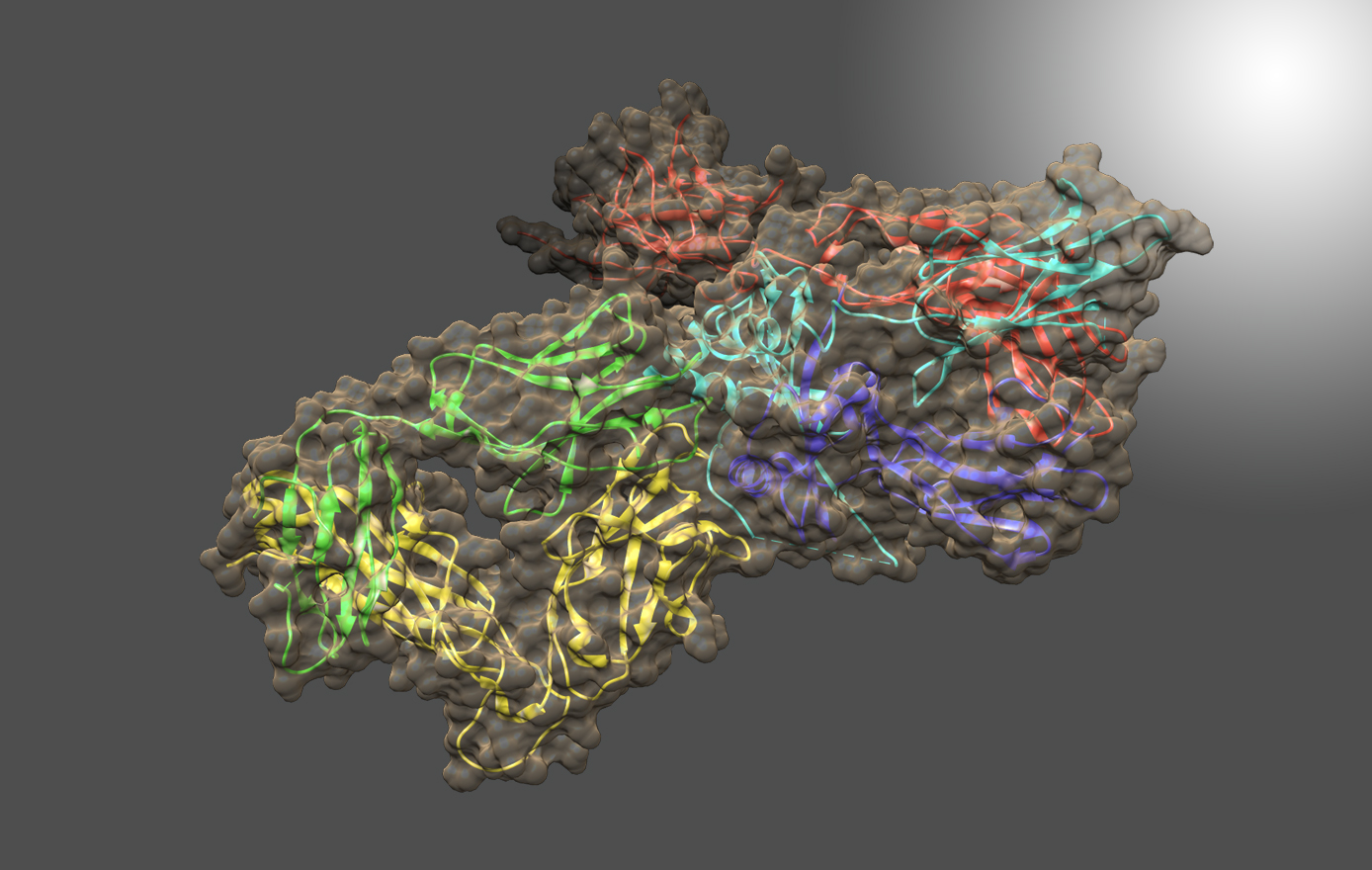
Contact
Email: pierce@umd.edu
Call: (240) 314-6271
Brian Pierce
Associate Professor
Pierce Group
Contact
Email: pierce@umd.edu
Call: (240) 314-6271
Education
- Ph.D., Bioinformatics, Boston University, 2008
- B.S., Physics and Computer Science, Duke University, 2000
Profile
Dr. Brian Pierce’s laboratory develops and applies computer algorithms to better understand how the immune system recognizes pathogens and cancer, and his lab is particularly interested in antibodies, T cell receptors, and vaccine design. For more information on the Pierce Lab, visit the lab web site at: https://piercelab.ibbr.umd.edu.
CURRENT RESEARCH
Recent efforts have focused on studying the structure of the hepatitis C virus (HCV) to inform the design of novel vaccine candidates. This work includes the development of a pioneering epitope-based vaccine for HCV that elicits neutralizing antibodies. The Pierce lab is also modeling how HCV can escape antibody neutralization, and this can be used toward developing new vaccine candidates.

The Pierce group is working on understanding and predicting how antibodies recognize viruses and other pathogens. Through a collaboration with researchers at Stanford University, they now have an unprecedented view of the structure and key antibody recognition features of HCV. This provides a roadmap for improved HCV vaccine candidates, as well as insights into antibody recognition of viral envelope proteins in general.

A longstanding area of focus in the lab has been understanding how T cells recognize specific antigens, and work in the Pierce lab includes modeling how T cell receptors (TCR) can be engineered to target cancer cells. The group has developed a therapeutic TCR that targets melanoma, and ongoing work includes developing algorithms to improve and optimize TCR structures for immunotherapeutic applications.
The Pierce lab has developed a number of predictive protein modeling and design algorithms to carry out their research, including Rosetta, TCRFlexDock, RosettaTCR, ZRANK, and ZDOCK. The lab is a member of the RosettaCommons community, which is a global network of developers of the Rosetta modeling and design software.

